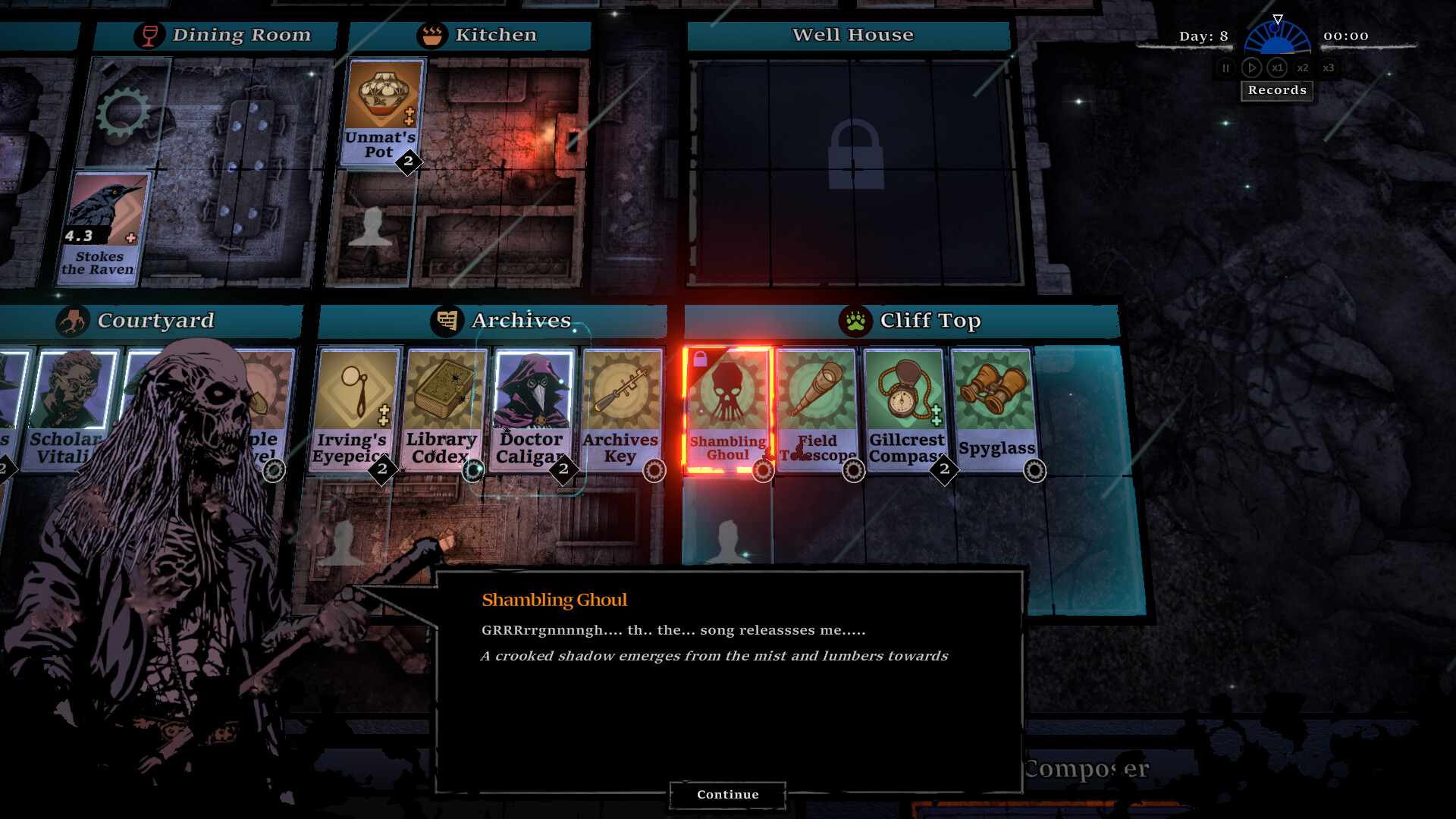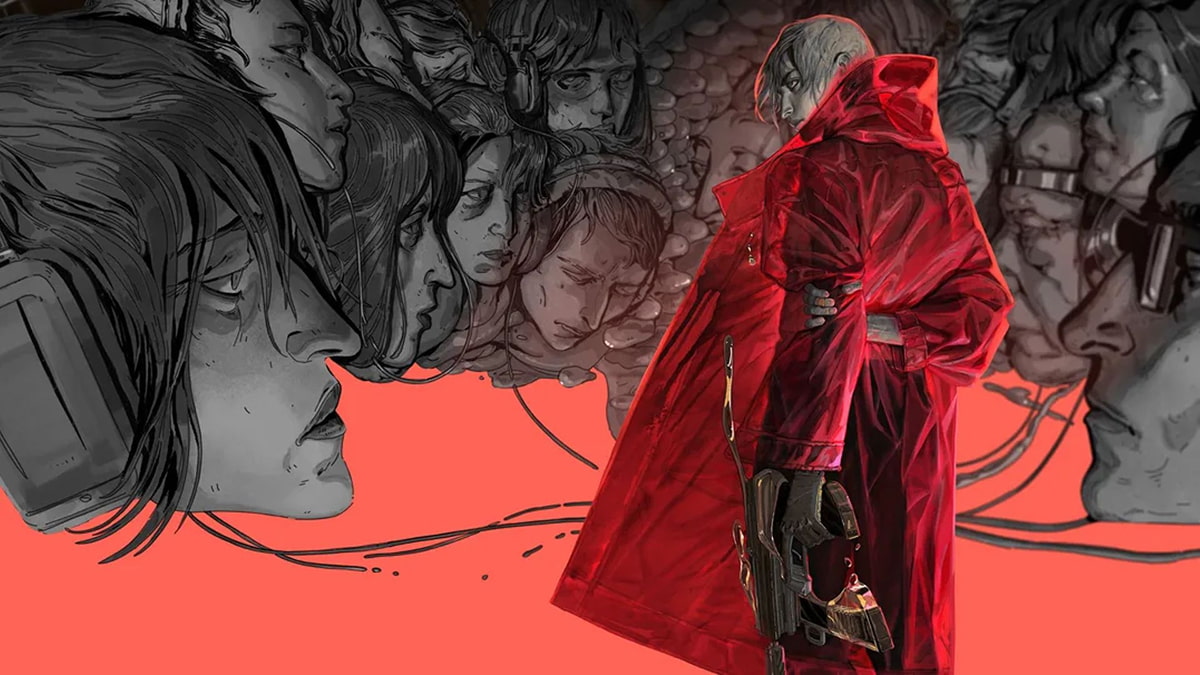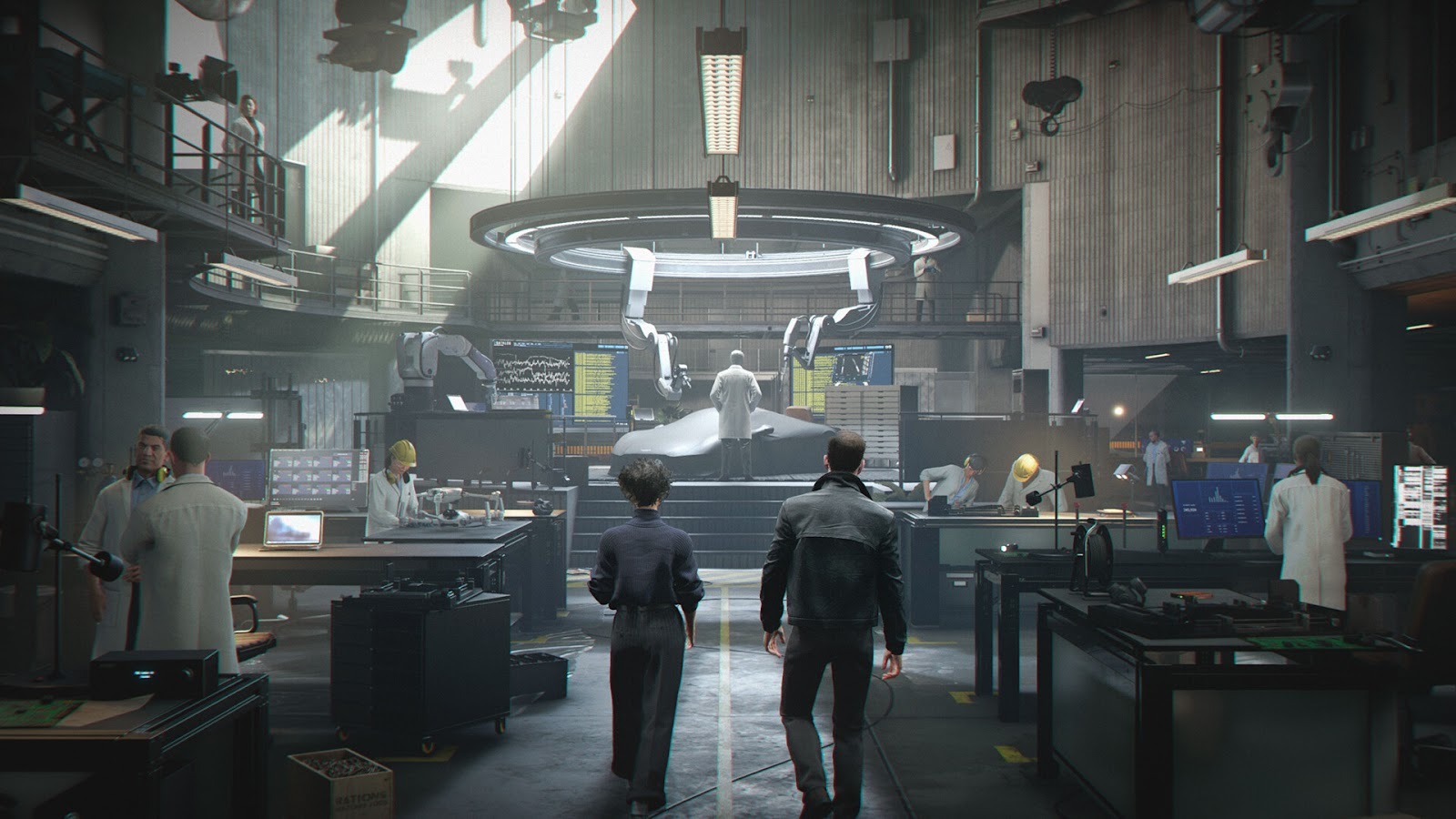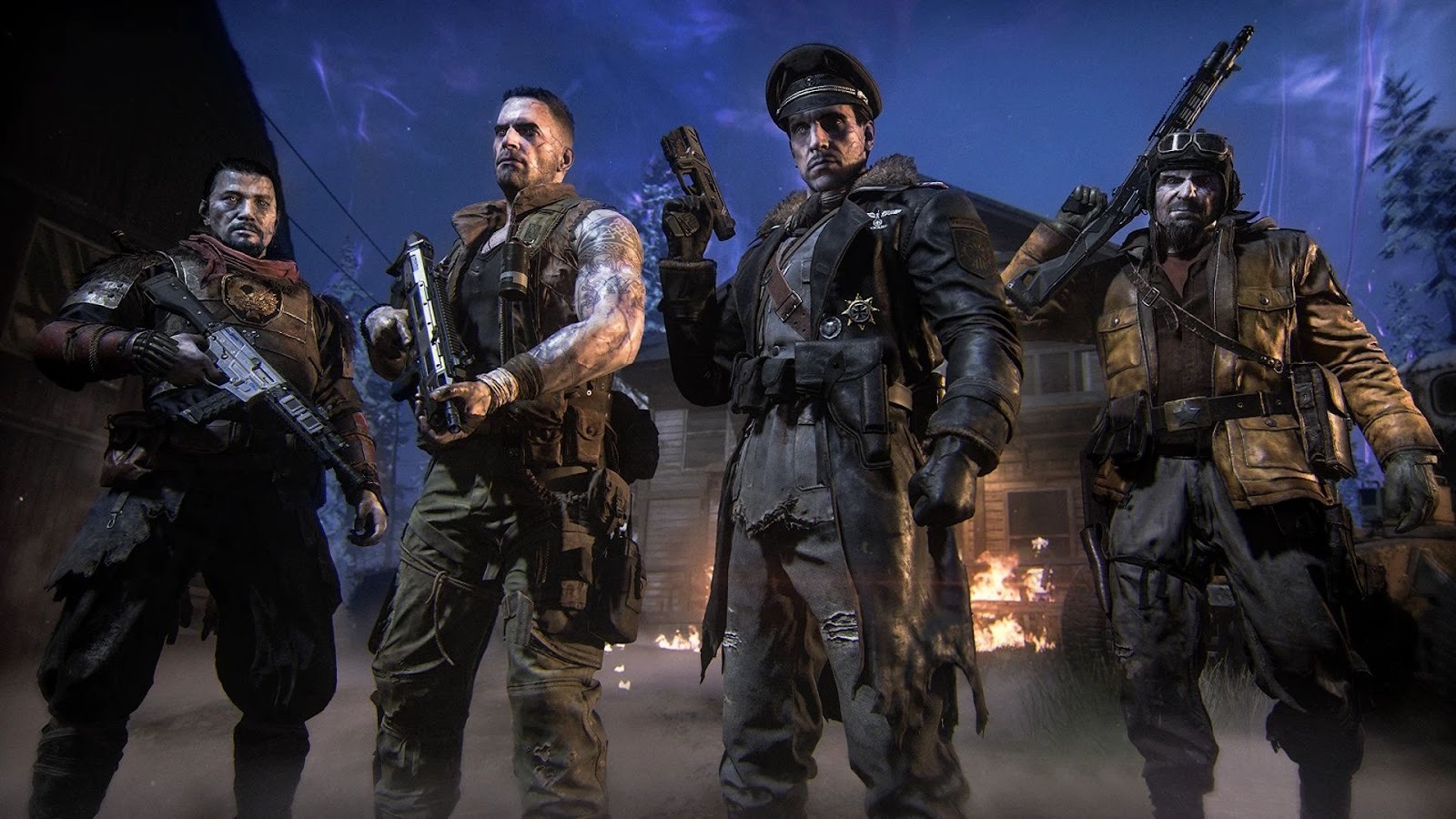You can trust VideoGamer. Our team of gaming experts spend hours testing and reviewing the latest games, to ensure you're reading the most comprehensive guide possible. Rest assured, all imagery and advice is unique and original. Check out how we test and review games here
By most people’s definition and by developer Tom Betts’ own admission, The Horror at Highrook is a niche game – one for lovers of opaque indies only found by sloshing about in the rarely-visited nooks of Valve’s hulking storefront. Described as an occult card-crafting narrative RPG with management elements, it drops you in a Lovecraftian manor house to solve a mystery. Clues are obtained piecemeal by experimentally combining cards on a floorplan reminiscent of the crisp cardboard of complex tabletop RPGs. It’s dense, focused, and dripping with a brand of horror that would get a nod of approval from Allan Poe and Lovecraft.
I had a chance to chat with the developer ahead of The Horror at Highrook’s release next month. Tom is 52 and has been making games for years with stints as a musician, an artist, and at developer Big Robot before starting Nullpointer Games. He’s of that breed of developer that has the stomach for solo development. Art, writing, design, programming – Tom does it all, only occasionally drafting in others for short-stint contracts to help with music and the odd piece of artwork.
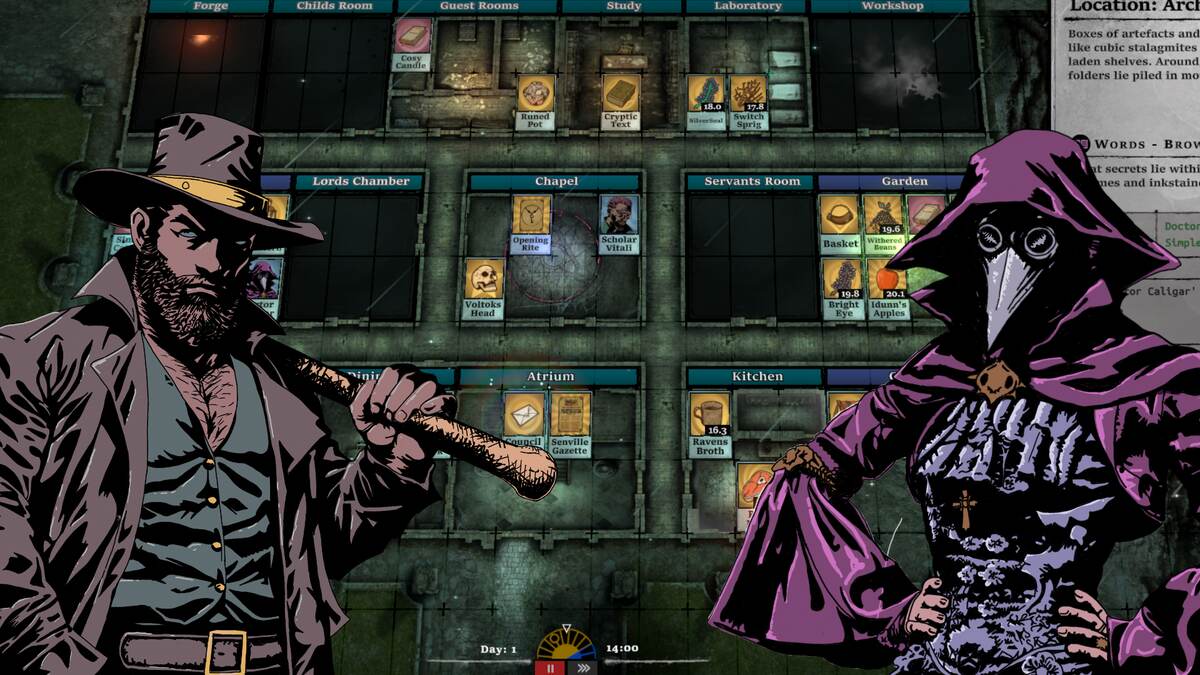
Highrook began development around two years ago though the idea had long been percolating in the background. The spark? Frustration at the pathing of workers gathering resources and completing tasks in colony sims. Back and forth they’d go. So much waiting. Why not have them all there all the time? Throw in the influence of collaborative tabletop game sessions with his family and the idea took shape: an experimental, mechanics-focused board game RPG anchored by a collage of cosmic horror references.
A demo soon debuted on Steam. But the response was a surprise. Tom expected the mechanics of experimenting with different cards to define the feedback. But, it was the story that drew in players, many eager to know what happened next. This propelled Tom to produce over 50,000 words for the game, leaning into the narrative elements, fine-tuning interactions between rooms, cards, and characters to cater for all possible outcomes. A mighty task but one that Tom describes as the one he’s most proud of, but also as the biggest hurdle during development.
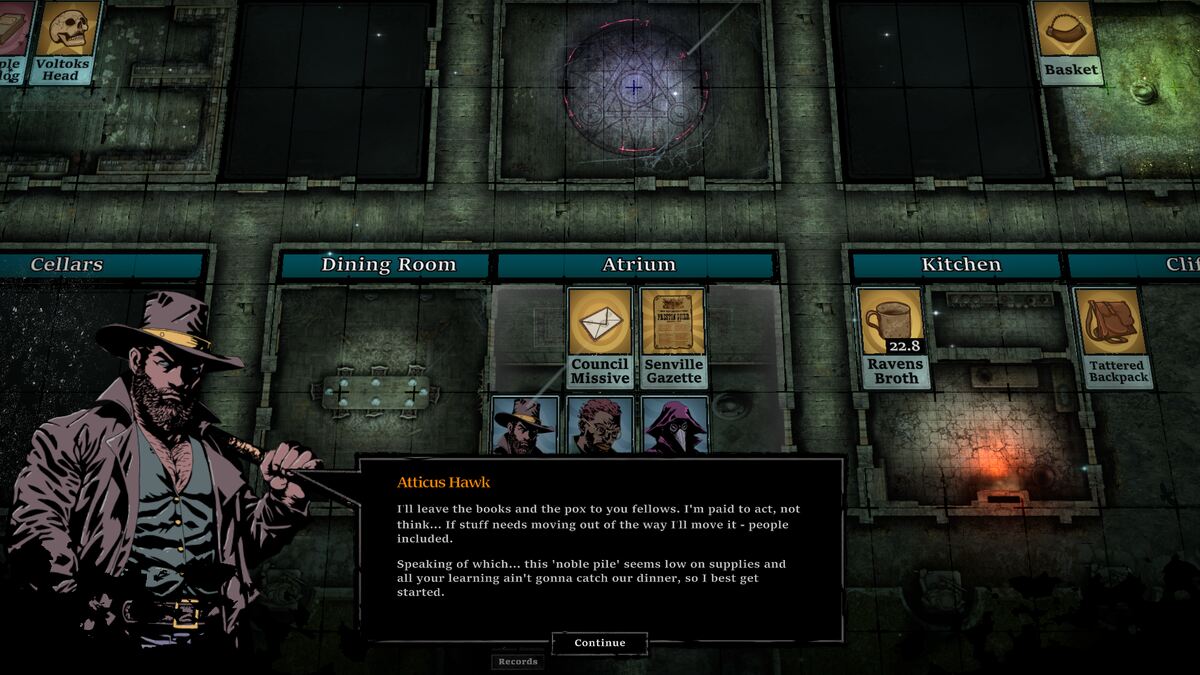
Making a game is one thing and getting it published is another. As Betts explains that there’s been a shift in the last half-decade or so: publishers are more reluctant to toss cash at projects and offer advances. Tom admits money it’s an unavoidable part of the process. Without it games just don’t get made and keeping the lights is often a victory in itself. Even then, many publishers struggle to help out where it matters most despite plopping down lopsided deals on the negotiating table – visibility.
On any given day Steam’s New Releases page is awash with dozens of games. It’s an all-too-brief stint in the limelight before almost guaranteed invisibility. Tom points to the old days when only a handful of games launched in any given week, giving each one visibility and a chance to reach potential players. Those days are long gone, unaided by the even-worse state of console stores with their glut of cynical cash grabs and blatant rip-offs. These days, without a motivated indie publisher like, say, Raw Fury, visibility remains an issue.
A shoddy split and poor visibility is a rough deal. With The Horror at Highrook, Nullpointer looked to alternatives, a middle ground between self-publishing and leaning on a traditional publisher. The search led to Outersloth, the indie funding arm of Innersloth, the studio behind Among Us. Three months after applying online, an email arrived and before long Highrook had secured a publisher. Outsloth offered a better deal than most publishers: funds to complete development and a fairer split, giving Nullpointer some extra cash to draft in marketing help from London-based PR agency Strange Signals to help with that pesky visibility problem.

I asked what success would look for The Horror at Highrook fully expecting something to the tune of hitting a nebulous sales target or Metacritic score. Betts explained that while sales were important and would allow him the runaway to conceptualize and get his next project off the ground, positive player feedback was the real measure of success along with the gratification of completing the creative process.
To round off our conversation, I asked for some game recommendations. He listed games I’d never heard of – Stoneshard, Pseudoregalia, Northern Journey – all rather fittingly niche games marked by glowing player reviews but low player counts. In other words, hidden gems that might very well have made a bigger mark with a spot of that elusive visibility.
The Horror at Highrook releases on May 1, 2025 on PC via Steam.


